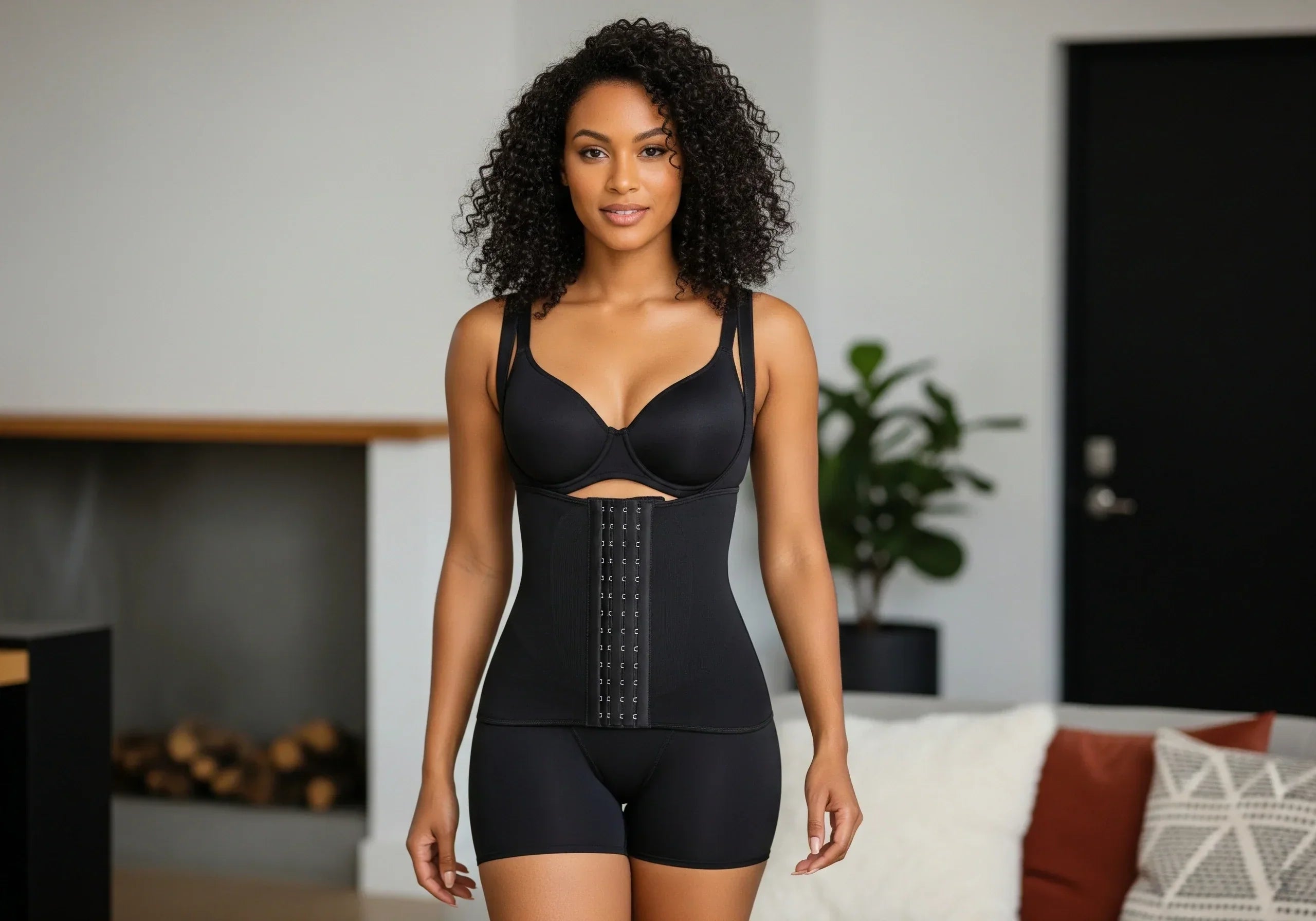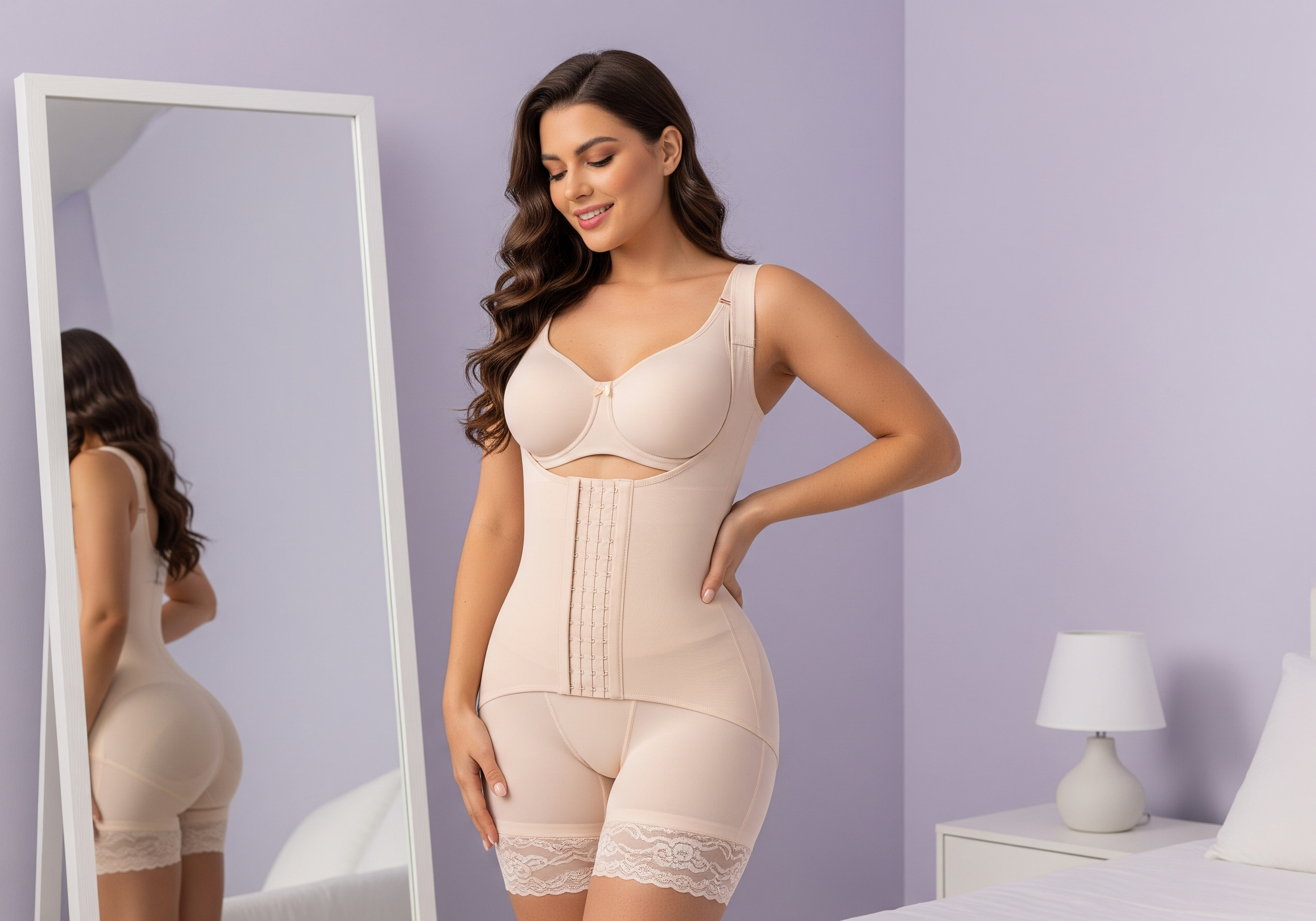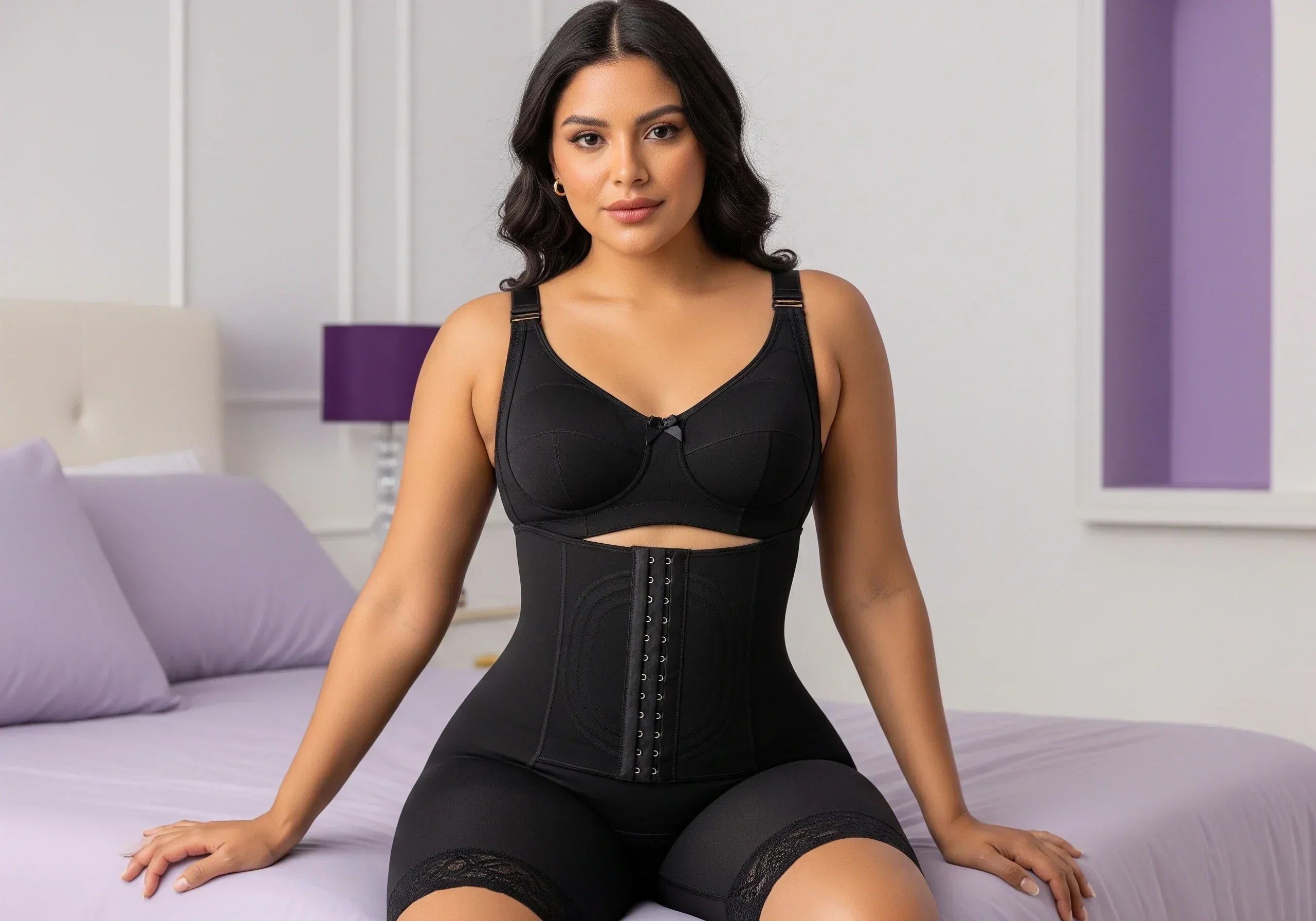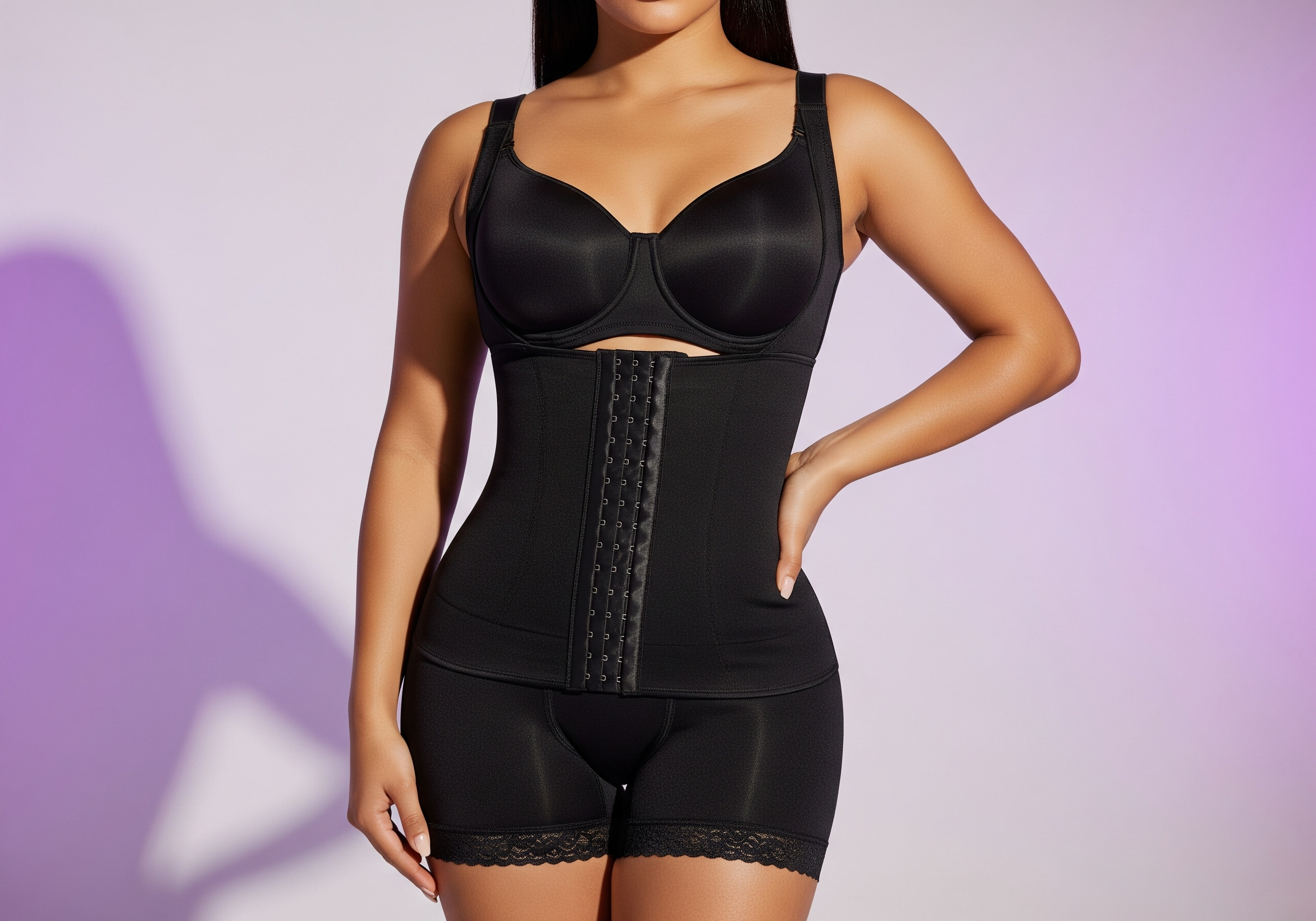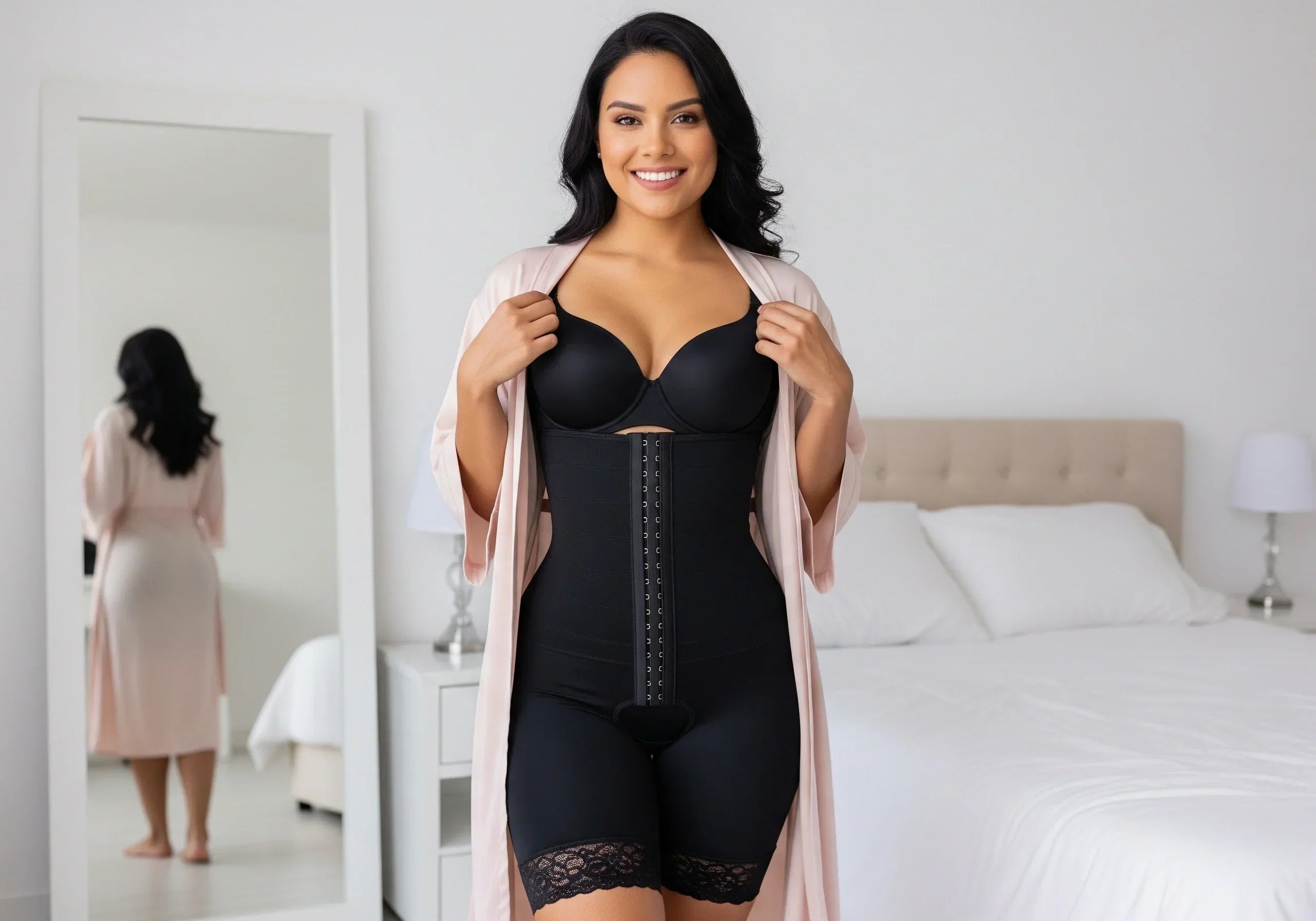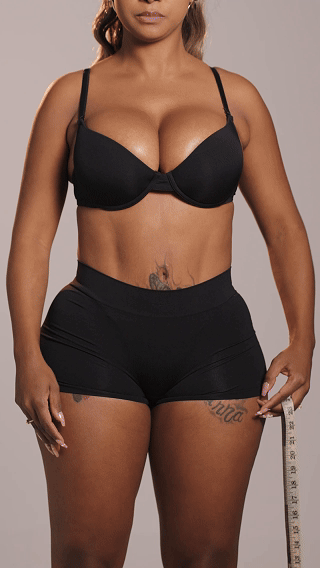A Brazilian Butt Lift (BBL) is one of the most popular cosmetic surgeries, but the success of the procedure doesn’t stop in the operating room. Recovery plays a critical role, and at the center of that is your compression garment—or faja. In this article, we’ll break down the science behind why compression is so important after a BBL, how it affects healing, and what you need to know to get the best results.
Why Compression Matters After a BBL
A faja is a medical tool that reduces swelling (edema), supports fat graft survival by ensuring cells settle securely, improves blood circulation to speed up healing, and helps mold your new contour into a smoother, more defined shape.
The Physiology of Healing
Inflammatory Phase (Days 1–7)
The body reacts to surgery with swelling and bruising. Compression garments apply external pressure, preventing excessive fluid buildup.
Proliferation Phase (Weeks 1–4)
New tissue forms around the grafted fat cells. Gentle compression keeps everything in place while reducing scar tissue formation.
Maturation Phase (Weeks 4–12)
The body stabilizes the new shape. Stage 2 fajas offer stronger, more targeted compression to maintain and refine the results.
The Science of Fat Graft Survival
Not all fat transferred during a BBL survives; research shows about 60–80% remains permanently. Compression garments play a key role by stabilizing the grafts during the critical healing window, minimizing movement that can compromise cell survival, and ensuring oxygen-rich blood flows evenly through the treated areas.
Choosing the Right Faja for BBL Recovery
A Stage 1 Faja is worn immediately post-op, with softer compression to avoid damaging grafts. After swelling subsides, you transition to a Stage 2 Faja with firmer compression to sculpt the final silhouette. Accessories like foam and abdominal boards help distribute pressure evenly.
FAQs About BBL Compression
Can wearing a faja too tight harm my BBL results?
Yes. Excessive compression can restrict blood flow and reduce fat graft survival. Always follow your surgeon’s sizing recommendations.
How long should I wear my faja after a BBL?
Most surgeons recommend 6–12 weeks, starting with Stage 1 and transitioning to Stage 2.
Is it okay to remove the faja at night?
In the early stages, no. Continuous compression is critical, especially during the first few weeks.
Conclusion
The faja isn’t just shapewear—it’s a medical tool backed by science that ensures your BBL recovery is safe and successful. By understanding how compression works with your body’s healing process, you can protect your investment and enjoy long-lasting, beautiful results.
Shop our collection of Colombian fajas designed specifically for BBL recovery and give your body the science-backed support it deserves. For wholesale inquiries, our official distributors are Cata1og.com and Catalog Mexico.





